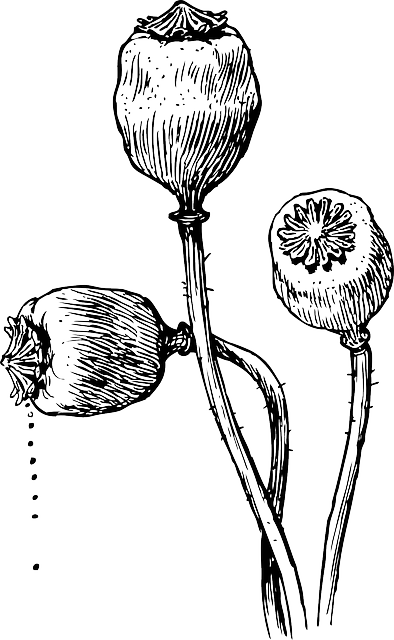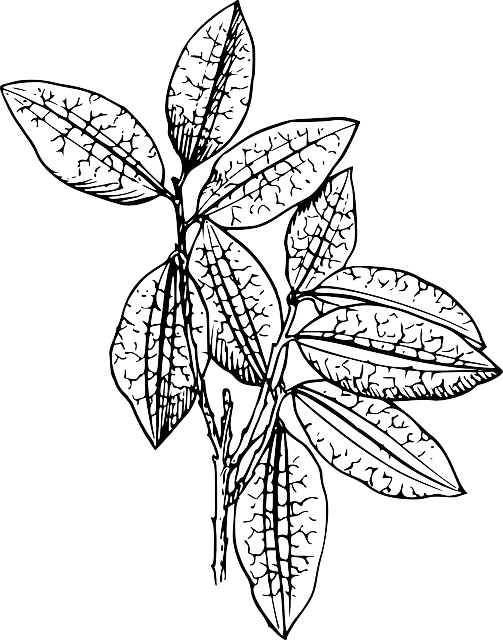رسالة العمارنة EA 161
السطر 3: 7 وسبعة مرات، يا إلهي، يا شمسي، أنا أسجد، (7 شوأُوسبعة (مرّات) آن-يا، أوتو-يا -أَم-قوت).
| رسالة العمارنة EA 161 | |
|---|---|
| الخامة | طين |
| الحجم | الارتفاع: 12.0 سم العرض: 8.2 سم السمك: 0.75 سم |
| الكتابة |
مسمارية (اللغة الأكدية) |
| أنشئت | ~1360-1335 ق.م. (فترة العمارنة) |
| الفترة/الثقافة | البابلية الوسيطة |
| المسقط الحالي |
المتحف البريطاني no. E29818 |
رسالة العمارنة EA 161، معنونة: تبرير غياب، هي رسالة على لوح طيني طويل منثمانية فقرات، with single paragraphing lines. The surface is somewhat degraded, but most cuneiform signs that remain (undamaged corners, or scrapes contain lost signs, added by context per translation), allow for a relative complete translation context for the letter, and the eight paragraphs. The clay tablet is no. BM 29818 في المتحف البريطاني؛ the number is visible at the top of the tablet, above Para I-(in black ink, the top half of the number visible).
The letter is about 3.2 in wide x 4.7 in tall, and probably slightly less than 1.0 inch thick. The text of the letter does not end at the right margin of the letter; instead the text appears to use the side of the clay tablet.
رسائل تل العمارنة، about 300, numbered up to EA 382, are mid 14th century BC, about 1350 ق.م. and 25? years later, correspondence. The initial corpus of letters were found في مدينة أخناتون أخـِتاتون، in the floor of the Bureau of Correspondence of Pharaoh; others were later found, adding to the body of letters.
النص
Paragraph I is a very short introductory, salutory paragraph, with sections of the prostration formula, notably: 7 times andسبعة times, God-mine, Sun-mine, I bow. The appellation "My Lord" is used here in Para I, and throughout the letter's paragraphs; my Lord is Lord-mine, and in EA 161 uses the sumerogram EN, for "Lord", with the possessive first person mine, يا (مسمارية). Many other Amarna letters use "be-li", or equivalent for 'lord', اللغة الأكدية، bēlu. Cuneiform "ia"-(-iya) is still used today in world languages in Asia/Southeast Asia as -iya, as for example "TownXYZ-iya", "TownXYZ-mine". -Ia, or ia, is extremely common throughout رسائل تل العمارنة with one of the most common phrases being: King, Lord, mine, often at the very beginning of a letter (especially vassal city-states, كنعان)، but will then be repeated throughout the letter.
Para II begins the story of the letter, and the context of persons and places involved. Para III introduces Tunip, one of two "locations", city townfolk who authored an Amarna letter to the pharaoh; EA 59, من مواطني تونيپ، وEA 100, The City of Irqata to the King. Notably, Para III ends with a list ofستة supply items needed for the arrival of messenger Han'i, a list similar to items needed for the arrival of archers (Egyptian pitati), part of Pharaoh's foreign army. The list ends with a cuneiform sign for "plural" for each listed item; though many signs are degraded in lines 21, 22, every alternate sign (mostly) in lines 21, 22, is for the plural: "MEŠ (cuneiform)" (or is a sumerogram equivalent).
الرسالة
EA 161: "تبرير الغياب"
Letter three of thirteen between Aziru and the Pharaoh of Egypt (Egypt named Misri in the letters). (A free-form, non sequential, 20th century, French-English translation)
- (Para I, Lines 1-3)–To the Great King, my lord, my god, [my Sun]: Message-( um-ma) of Aziru, your servant. I fall at the feet of my lord, [m]y god, my Sun,سبعة times andسبعة times.
- (Para II, 4-10)–My lord, I am your servant, and on my arrival in the presence of the king, my lord, I spoke of all my affairs in the presence of the king, my lord. My lord, do not listen to the treacherous men that denounce me in the presence of the king, my lord. I am your servant forever.
- (Para III, 11-22)–The king, my lord, has spoken about Han'i-(Ha-Ni-I). My lord, I was residing in (townsite)Tunip,-(URU-Tu-Ni-iP) and so I did not know that he had arrived. As soon as I heard, I went up after him, but I did not overtake him. May Han'i arrive safe and sound so that the king, my lord, can ask him how I provided for him. My brothers and Bet-ili were at his service; they gave oxen, sheep, and goats, and birds, his food and strong drink.
- (Para IV, 23-34)–I gave horses and asses, [f]or his journey. May the king, my lord, hear my words. [W]hen I come to the king, my lord, Han'i will go before me; like a mother and like a father he will provide for me. And no(w) my lord says, "You hid yourself from Han'i." –May your gods and the Sun be witness: (I swear):–"I was residing in Tunip."
- (Para V, 35-40)–The king, my lord, has spoken about the building of Sumur-(Zemar). The kings of Nuhašše have been at war with me and have taken my cities at the instruction of Hatip. So I have not built it. Now, in all haste, I am going to build it.
- (Para VI, 41-46)–And may my lord know that Hatip has taken half of the things that the king, my lord, gave (gave me). All the gold and silver that the king, my lord, gave me, Hatip has taken. May my lord know (this).
- (Para VII, 47-53)–Moreover, the king, my lord, also said, "Why did you provide for the messenger of the king of Hatti, but did not provide for my messenger?" But this is the land of my lord, and the king, my lord, made me –one of the mayors!
- (Para VIII, 54-56)–Let my lord's messenger come to me so I can give all that I promised in the presence of the king, my lord. I will give food supplies, ships, oil, logs, of boxwood, and (other) woods. -EA 161, lines 1-56 (كامل)
ملخص مجمع نصوص رسائل عزيرو
|
|
انظر أيضاً
- تونيپ Tunip
- عزيروAziru
- Amarna letters–phrases and quotations
-
List of Amarna letters by size
- Amarna letter EA 5, EA 9, EA 15, EA 19, EA 26, EA 27, EA 35, EA 38
- EA 153, EA 161, EA 288, EA 364, EA 365, EA 367
المراجع
- ^ Parpola, 197l. The Standard Babylonian Epic of Gilgamesh, Glossary, pp. 119-145, bēlu, for lord, owner, p. 122.
- ^ Moran, 1987. The Amarna Letters, pp. 247-8. EA 161: An Absence Explained.
- Moran, William L. The Amarna Letters. Johns Hopkins University Press, 1987, 1992. (softcover, ISBN 0-8018-6715-0)
- Parpola, 197l. The Standard Babylonian Epic of Gilgamesh, Parpola, Simo, Neo-Assyrian Text Corpus Project, c 1997, Tablet I thru Tablet XII, Index of Names, Sign List, and Glossary-(pp. 119–145), 165 pages. (softcover, ISBN 951-45-7760-4)
روابط خارجية
- British Museum entry for EA 161, museum no. E29818
















